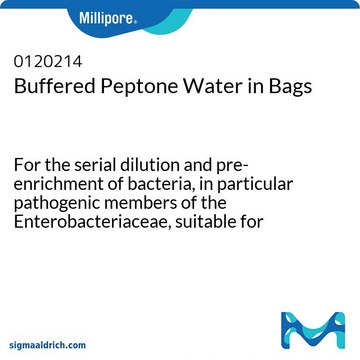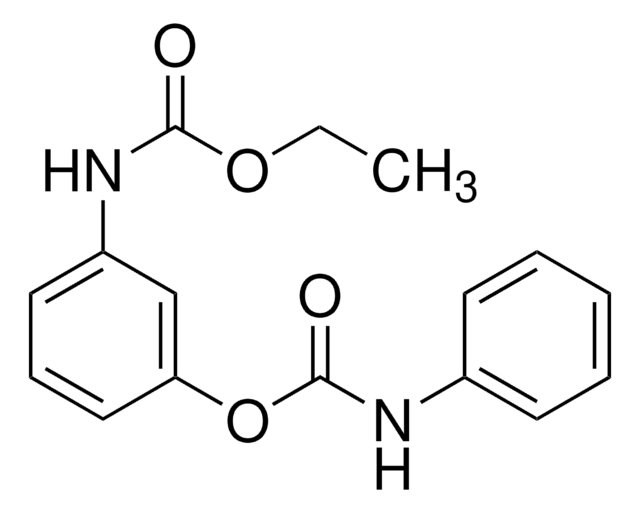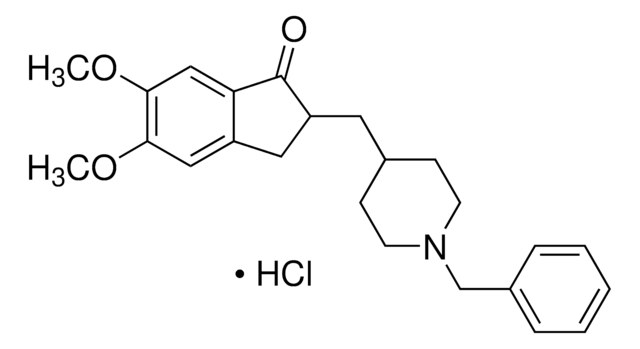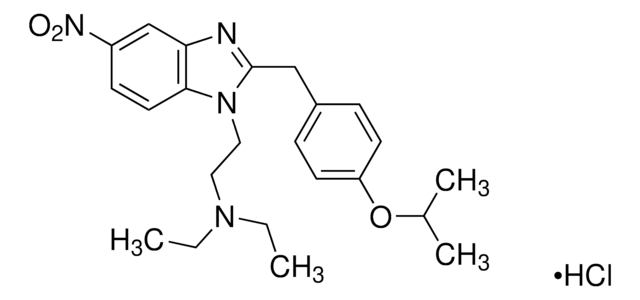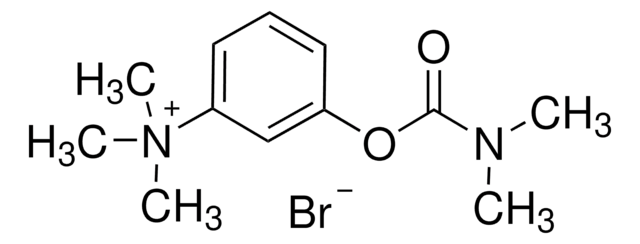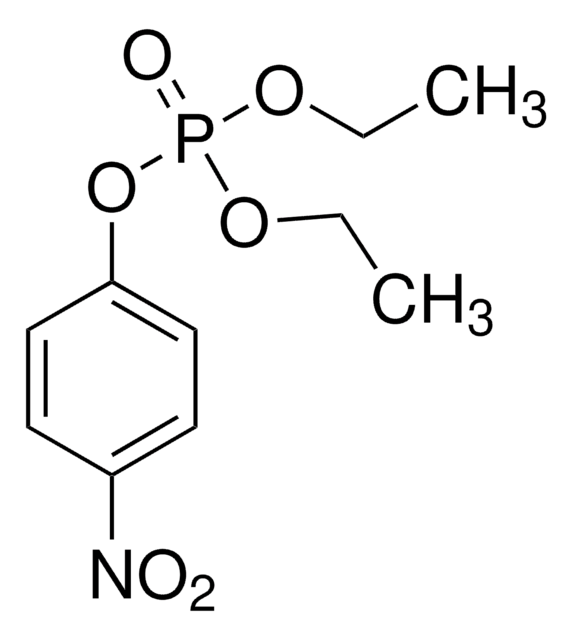T1505
Tetraisopropyl pyrophosphoramide
butyrylcholinesterase inhibitor
Synonym(s):
Tetra(monoisopropyl)pyrophosphortetramide, iso-OMPA
About This Item
Recommended Products
biological source
synthetic
mp
149-151 °C
storage temp.
−20°C
SMILES string
CC(C)NP(=O)(NC(C)C)OP(=O)(NC(C)C)NC(C)C
InChI
1S/C12H32N4O3P2/c1-9(2)13-20(17,14-10(3)4)19-21(18,15-11(5)6)16-12(7)8/h9-12H,1-8H3,(H2,13,14,17)(H2,15,16,18)
InChI key
IOIMDJXKIMCMIG-UHFFFAOYSA-N
Application
- as a butyrylcholinesterase inhibitor to determine the proportions of butyrylcholinesterase (BChE) in cat and tiger plasma
- to inhibit wild-type BChE in acetylcholinesterase assay
- to selectively block the enzymatic activity of AChE
Biochem/physiol Actions
Warning
signalword
Danger
hcodes
Hazard Classifications
Acute Tox. 1 Inhalation - Acute Tox. 2 Dermal - Acute Tox. 2 Oral
Storage Class
6.1B - Non-combustible acute toxic Cat. 1 and 2 / very toxic hazardous materials
wgk_germany
WGK 3
flash_point_f
Not applicable
flash_point_c
Not applicable
ppe
Eyeshields, Faceshields, Gloves, type P3 (EN 143) respirator cartridges
Choose from one of the most recent versions:
Already Own This Product?
Find documentation for the products that you have recently purchased in the Document Library.
Customers Also Viewed
Related Content
Testing of the Tech Article page
Our team of scientists has experience in all areas of research including Life Science, Material Science, Chemical Synthesis, Chromatography, Analytical and many others.
Contact Technical Service